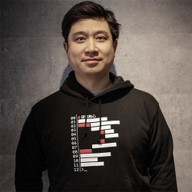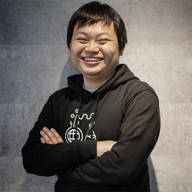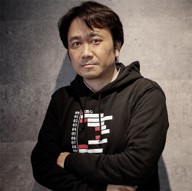Creating Your First Task
1.3 Creating Your First Task
In AB, tasks are the foundation of how work gets done. Each task represents a piece of work that can be discussed, updated, and tracked directly within your Microsoft 365 environment — whether in Teams, Outlook, or Microsoft 365 Copilot.
Creating a Task in Microsoft Teams
- Open the AB tab in your project’s Teams channel.
- Click + Create Task in the upper-right corner.
- Enter the task title, description, due date, and assignee.
- (Optional) Add related files or links to provide more context.
- Click Save to create the task.
The new task will appear immediately in your project’s task list and, if connected to a channel, will post as an adaptive card in the corresponding Teams thread for visibility.
Assigning a Task
- In the Assignee field, select who will be responsible for the task.
- You can assign tasks only to users who are members of the current AB project.
- Project members may include people who are not part of the Teams channel.
A user becomes a project member automatically when they visit the AB tab within the channel for the first time. For more about who is included or excluded from project membership, see Project Member Registration.
Adding Comments and Mentions
Once a task is created, you can start communicating directly on it. Use the comment section to discuss progress, share updates, or request input. To get someone’s attention, type @ followed by their name.
- Mentions notify users instantly in Teams or Outlook.
- Only AB project members can be mentioned.
- Comments posted in AB may also appear as part of the Teams thread if the task is linked to a channel.
Next Steps
After creating your first task, you can explore more advanced features such as setting priorities and deadlines, or learn about subtasks and dependencies to manage complex workflows.

Sho Shimoda
I spend as much time simplifying as I do coding—because making things easy is part of the product. I build systems that work beautifully and explain themselves.Category
Tags
Search History
Authors

Sho Shimoda
I spend as much time simplifying as I do coding—because making things easy is part of the product. I build systems that work beautifully and explain themselves.

Koki Nin
I focus on turning ideas into working code—refining architecture, fixing what’s broken, and improving what works. Sometimes the best “bug” becomes a feature.

Yasushi Motoki
I lead onboarding for AB, helping teams get value from day one. I focus on making a complex product feel simple, clear, and immediately useful.